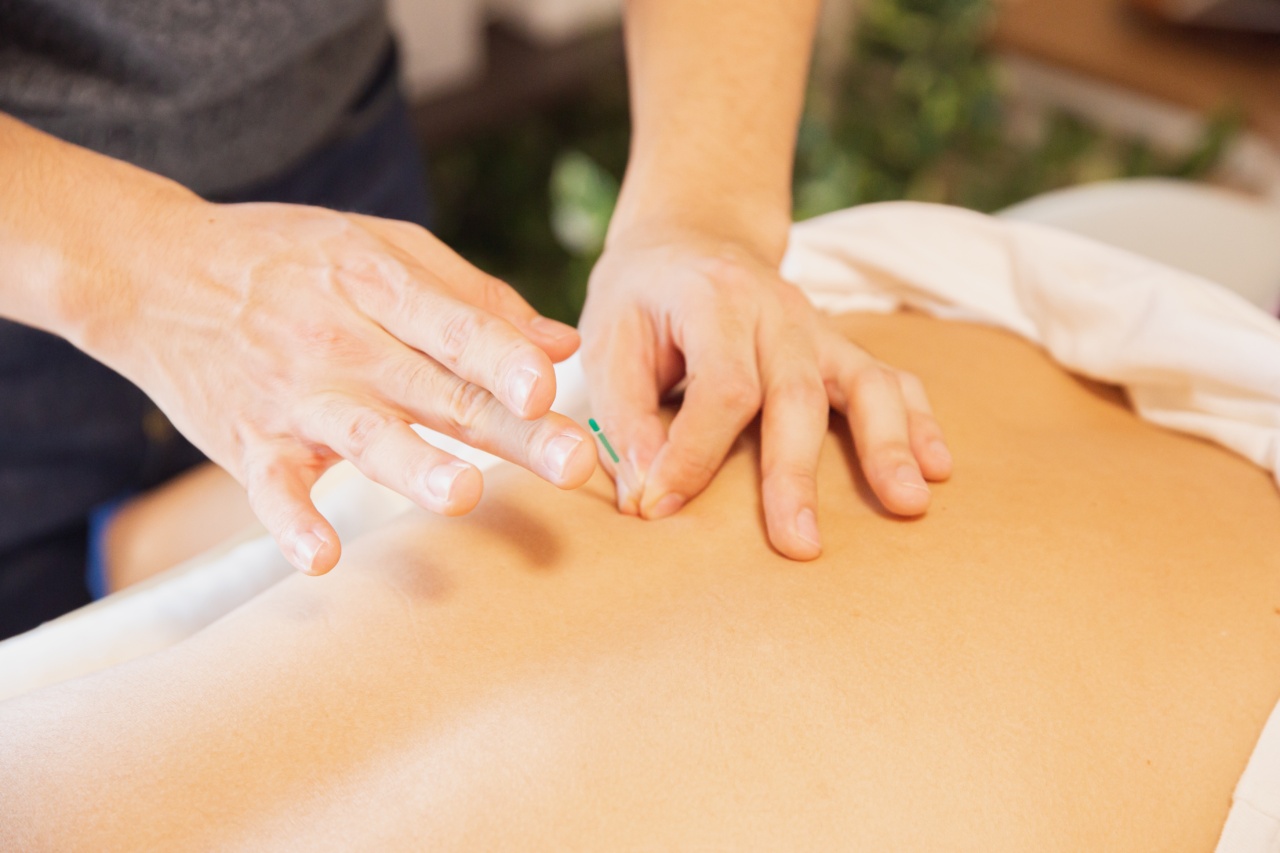Stroke is a medical condition that occurs when the blood supply to the brain is disrupted, resulting in damage to brain cells.
It is a leading cause of long-term disability and can have a profound impact on a person’s physical and mental wellbeing. While stroke recovery can be a complex process, incorporating regular exercise into a rehabilitation program can be highly beneficial.
This article explores the ways in which exercise can aid in stroke recovery and improve overall quality of life for stroke survivors.
1. Improves Motor Function
One of the primary goals of stroke rehabilitation is to regain motor function. Exercise plays a crucial role in achieving this goal by helping to activate and strengthen muscles affected by the stroke.
It promotes neuroplasticity, the brain’s ability to reorganize and form new neural connections, which is essential for motor recovery. Engaging in various forms of exercise, such as walking, swimming, or yoga, can significantly improve motor function in stroke survivors.
2. Enhances Cardiovascular Health
Stroke often results from cardiovascular issues, such as high blood pressure, atherosclerosis, or heart disease.
Regular exercise not only helps to prevent these risk factors but also improves cardiovascular health, reducing the chances of future strokes. It promotes the flow of oxygen-rich blood to the brain, aiding in the repair and regeneration of damaged brain cells.
Engaging in activities that raise the heart rate, such as cycling or aerobics, can have profound positive effects on cardiovascular health in stroke survivors.
3. Increases Range of Motion and Flexibility
Many stroke survivors face difficulties with muscle stiffness and reduced range of motion. Exercise, particularly stretching exercises, can help improve flexibility and increase the range of motion in affected limbs.
It can also help counter the effects of muscle spasticity, a common occurrence after a stroke. Regular stretching and range of motion exercises, supervised by a healthcare professional, can aid in stroke recovery by promoting flexibility and preventing complications such as contractures.
4. Promotes Mental Wellbeing
Stroke not only affects physical abilities but can also lead to emotional and psychological challenges. Depression, anxiety, and a decreased quality of life are common among stroke survivors.
Exercise has been shown to have a positive impact on mental health by reducing symptoms of depression and anxiety. Physical activity releases endorphins, which are known as the “feel-good” hormones, promoting a sense of well-being and relaxation.
Engaging in regular exercise can help alleviate the psychological impacts of stroke and improve overall mental well-being.
5. Aids in Weight Management
Maintaining a healthy weight is crucial for stroke survivors to reduce the risk of further health complications. Regular exercise, along with a balanced diet, can aid in weight management.
Physical activity increases calorie expenditure, helping to burn excess fat and maintain a healthy body weight. Additionally, exercise helps to build lean muscle mass, which can further improve metabolism and contribute to long-term weight management.
6. Enhances Cognitive Function
Stroke can often lead to cognitive impairments, such as difficulties with memory, attention, and problem-solving.
Exercise has been shown to have a positive impact on cognitive function by promoting the growth of new nerve cells and improving blood flow to the brain. Engaging in regular physical activity, such as aerobic exercises or activities that require coordination, can help enhance cognitive function in stroke survivors.
7. Provides Social Support
The journey of stroke recovery can be challenging and may lead to feelings of isolation. Participating in exercise programs, such as group classes or support groups, can provide stroke survivors with social support and a sense of belonging.
Interaction with others who have experienced similar challenges can be motivating and empowering. Building social connections through exercise can contribute to overall well-being and a positive outlook on the recovery process.
8. Reduces the Risk of Recurrence
Stroke survivors are at an increased risk of experiencing another stroke. However, regular exercise has been shown to reduce the risk of stroke recurrence.
Engaging in physical activity helps to manage risk factors such as hypertension, diabetes, and obesity, which are all associated with an increased risk of stroke. By adopting a physically active lifestyle, stroke survivors can contribute to their long-term health and significantly reduce the chances of experiencing another stroke.
9. Enhances Overall Quality of Life
Stroke recovery is a lifelong journey, and incorporating regular exercise into daily life can significantly improve the overall quality of life for stroke survivors.
Exercise increases physical strength, independence, and confidence in performing daily tasks. It also provides opportunities for socialization and engagement, reducing the impact of post-stroke depression and anxiety.
By embracing an active lifestyle, stroke survivors can regain control over their lives and experience a higher level of satisfaction and well-being.
10. Customized Approach Required
While exercise is highly beneficial for stroke recovery, it’s essential to adopt a customized approach. Each stroke survivor has unique needs and physical capabilities.
A rehabilitation professional, such as a physiotherapist, can assess individual strengths and limitations and design an exercise program tailored to their specific requirements. It’s crucial to start with gentle exercises and gradually increase intensity and duration based on individual progress.































